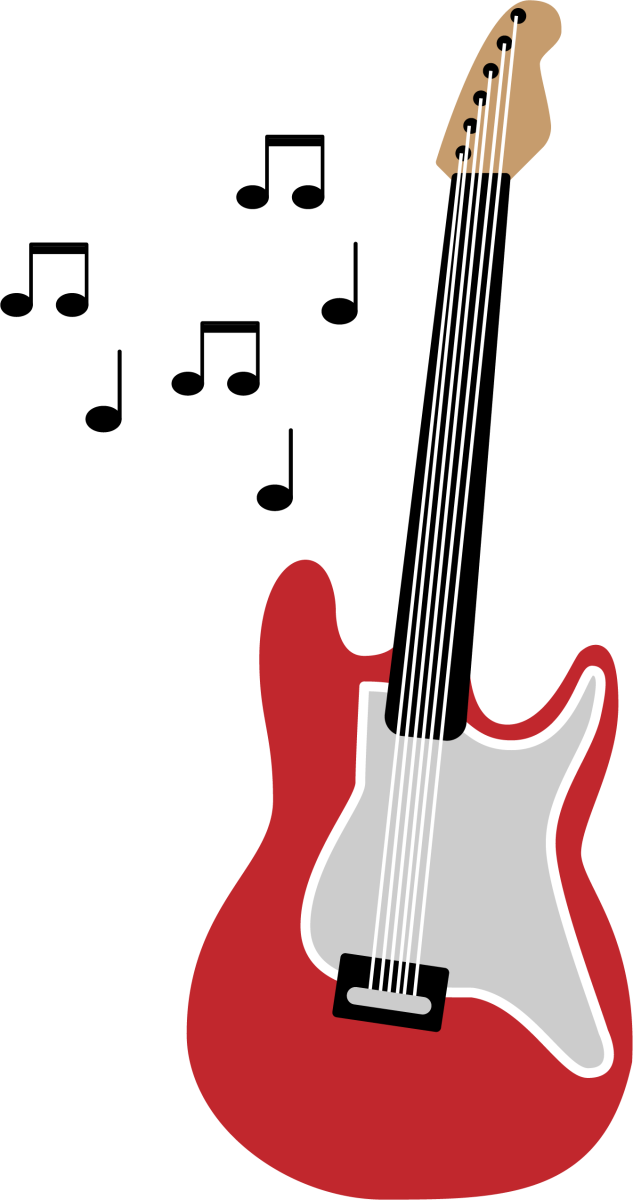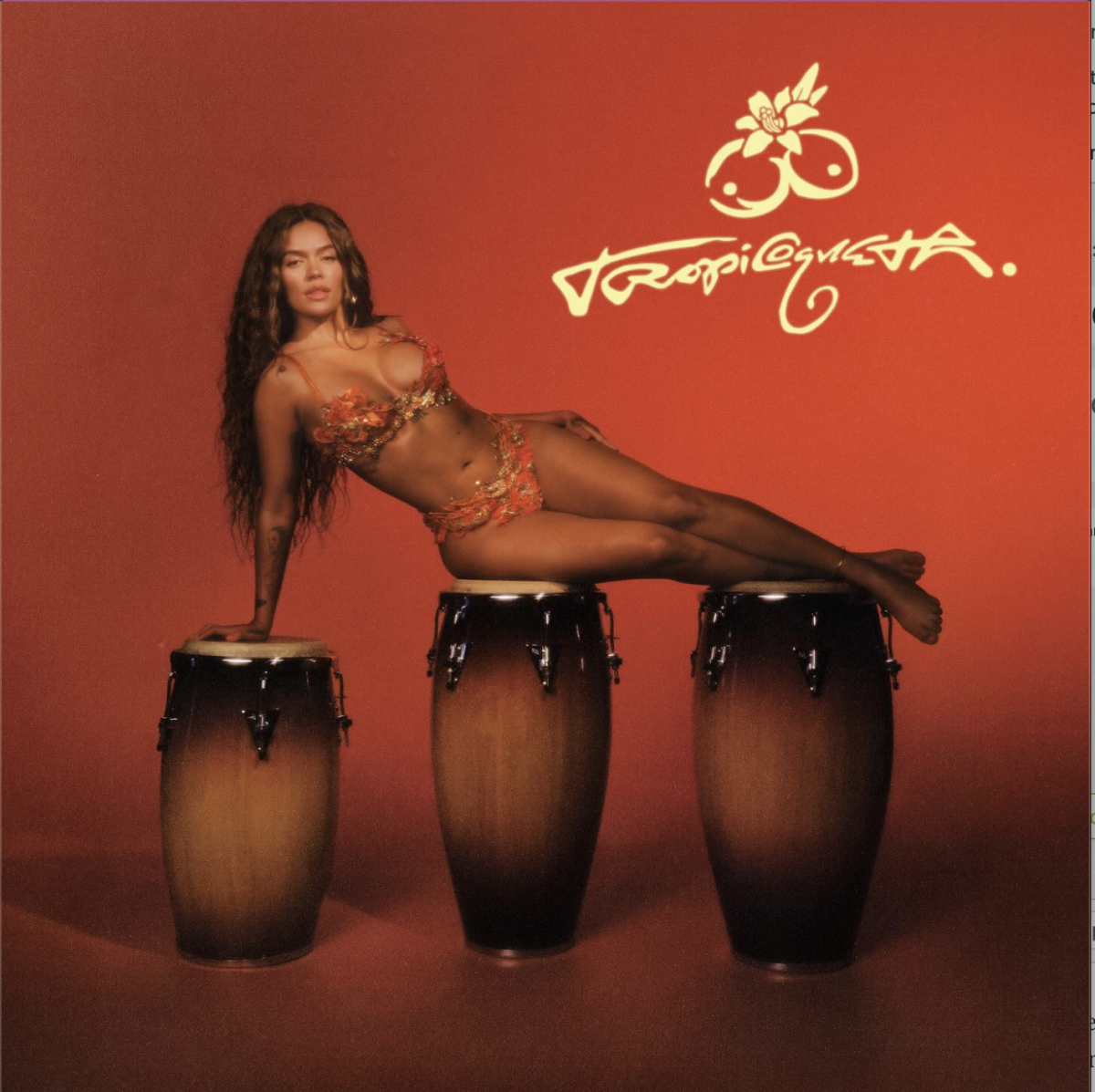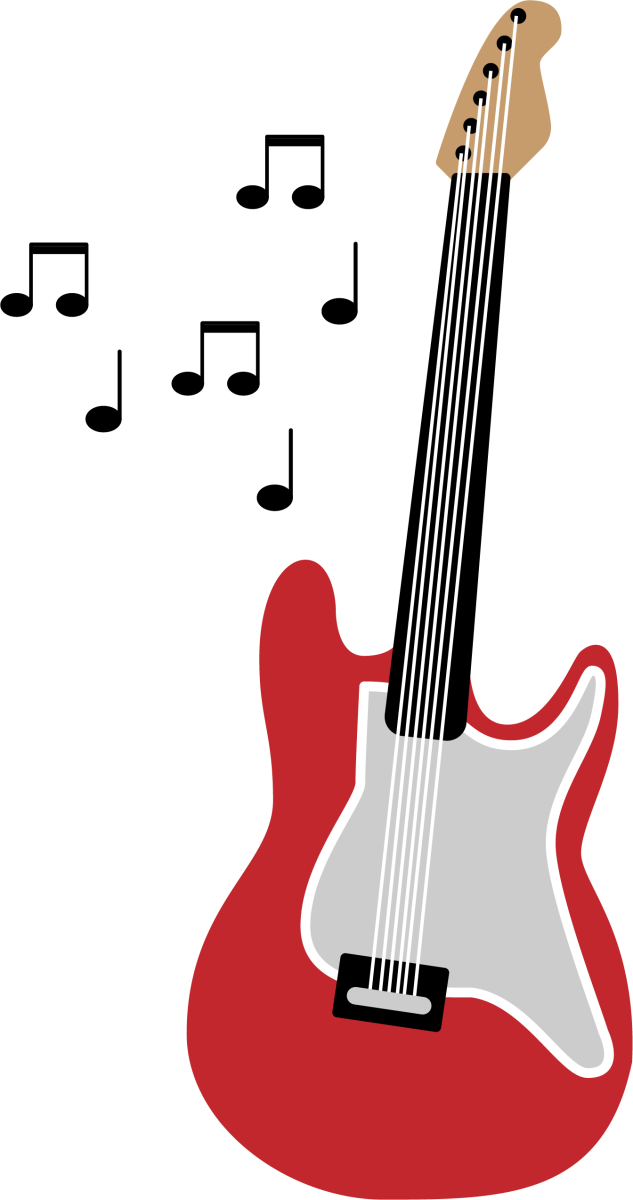Anyone who has tried to purchase tickets through Ticketmaster understands that it’s a broken system. If you have the luck of getting through to purchasing tickets without a technical issue or waiting behind thousands of people — or bots — you are sure to encounter exorbitant prices and fees. I’ve been burned by Ticketmaster several times, either giving in and paying more than I intended or deciding to forgo the show.
This price hike is partly due to Ticketmaster’s “dynamic pricing,” a scheme that allows for ticket prices to fluctuate based on demand. Dynamic pricing is most egregiously applied to more desirable seats called “Official Platinum Seats.” According to Ticketmaster, this “enables market-based pricing… for live event tickets, similar to how airline tickets and hotel rooms are sold. The goal is to give fans fair and safe access to the best tickets, while enabling artists and other people involved in staging live events to price tickets closer to their true market value.”
I don’t see the fairness in tickets that are marked at thousands of dollars. Official Platinum tickets for Bruce Springsteen’s 2023 tour were listed at $4,000. Sure, for the most popular concerts not everyone will score tickets because capacity is limited, but the ones that do shouldn’t have to drain their savings to do so. Even tickets at face value continue to be more expensive with each passing year. For example, tickets for Springsteen’s tour in 2017 ranged from $68 to $150 before fees, but for his current tour tickets were priced at $40 to $399.
The practices of Ticketmaster, which merged with Live Nation in 2010, have been under fire due to the high prices, fees, ticket scalping and technical issues which have plagued the sales of recent Bruce Springsteen, Taylor Swift and Beyoncé tours. On March 15, tickets for The Cure’s upcoming tour went on sale — but with more positive results.
Feeling that it was an unfair practice, the band stepped in and refused dynamic pricing. This was significant not only because it meant lower ticket costs for fans, but it confirmed something I feared, which is that artists have a say in dynamic pricing. It’s disheartening to know that artists I respect have willingly sold Official Platinum Seats. But with The Cure demonstrating that artists can have successful sales without it, perhaps artists will opt out of dynamic pricing in the future. Tickets for The Cure were reported as low as $20, and the price range for their show at the Wells Fargo Center is $35 to $135. The band also demanded that tickets be non-transferrable, avoiding extreme markups on reselling sites like StubHub.
Despite The Cure’s efforts, Ticketmaster still tacked on fees that raised the overall price significantly. In one case, four tickets that cost $80 in total came to $172 with fees — over double the face value price! Robert Smith, vocalist and guitarist of The Cure, had been updating fans on Twitter throughout the process. In response to the fees, Smith posted that he was “sickened” and noted that “The artist has no way to limit them.” The next day, he announced that after negotiating with Ticketmaster fans would be receiving a $5 or $10 refund depending on the price of their ticket. While this is a small amount in comparison to the fees, it sets an important precedent.
Between inflation and the still-lingering financial blow from the pandemic, it’s difficult to parse out how much of a price raise is necessary or not. For arena and stadium tours, especially those with lots of production and pyrotechnics like Taylor Swift or Beyoncé, costs to run the tour go up. Road crew members need to be paid, traveling expenses need to be paid and artists must make a profit — especially in the age of streaming when music is not making the money it once was. But for artists who already have the fame and funds required for such large tours, are prices and fees this high really necessary? Considering the millions that these artists make each show alone, it’s hard to believe that they are battling major losses. As for Live Nation, they raked in $16.7 billion in revenue in 2022.
If fans see artists on smaller tours, it is likely that Live Nation is still involved. The company owns many mid-sized venues and theaters, such as The Fillmore, The Met and the Theater of Living Arts in Philadelphia. Live Nation also takes a cut of merchandise sales from artists at shows held at these venues — in some cases as much as 30%. They also have acquired several management companies whose clients include the biggest stars in music.
Even before Live Nation and Ticketmaster merged, their dominance was causing problems for artists who wanted to use alternatives deemed fairer for fans. In 1994 Pearl Jam testified against Ticketmaster to Congress, but they ruled that Ticketmaster had not violated antitrust laws. The next summer, Pearl Jam attempted an ill-fated tour at their own cheaper prices that did not use Ticketmaster. Since Ticketmaster had control over a majority of venues, the band organized the shows themselves, which involved everything from selling the tickets to setting up chain link fences in parks to play in.
At the end of the day, fans should not have to figure out whether or not they are being taken advantage of. In my view, it’s callous for ticket sellers, promoters and artists to use their fans merely as cogs in the economic machine who will dish out more and more money to meet the market they manipulate. It’s not out of the question that the current state of ticketing will result in concerts being an exclusive recreational activity for those with disposable income, and overall concert attendance could decrease because fans can’t afford to be there.
While there are many factors at play in the way that Ticketmaster and Live Nation operates, Robert Smith’s response is at least a step in the direction of transparency. I have always felt that, despite my admiration for do-it-yourself ethics and distaste for big business, it’s a victory when musicians get paid. Few true creatives are able to make a living from their art in this society, so if a musician can do that then more power to them. But doing so by gouging their fans is where I draw the line. I also am not accusing artists like Springsteen and Swift of being greedy people. It’s a sad state of affairs that depending on their status or their corner of the market, Live Nation is their only option. But now, thanks to The Cure, I have some hope for artists’ autonomy and power to change the ticketing landscape. I hope that other artists follow The Cure’s lead because it is in their best interest to advocate for their fans — they wouldn’t even be able to have these tours without us.
For questions/comments about this story email [email protected] or tweet @TheWhitOnline.
























































































































































!["Working with [Dr. Lynch] is always a learning experience for me. She is a treasure,” said Thomas. - Staff Writer / Kacie Scibilia](https://thewhitonline.com/wp-content/uploads/2025/04/choir-1-1200x694.jpg)










































